A lot of us stay home – but meteors and fireballs do not stop falling. And thanks to the many networks, we do not miss them!
During the night from 1st to 2nd April 2020 there were two fireballs detected by the FRIPON network. The first one was detected by 4 stations of the network around 22:57 UT and the second one with 3 cameras at 23:33 UT.
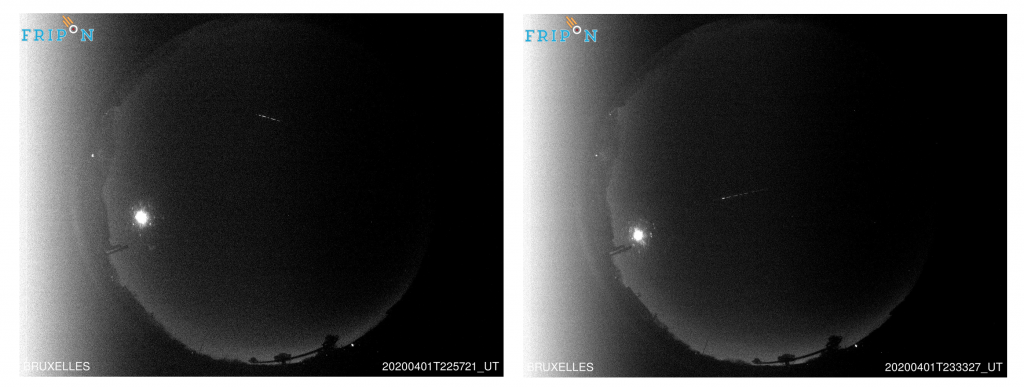
Based on the recorded data the network computed the trajectories for both of these events. Interestingly, they look to have quite parallel trails.

In addition, some cameras from the CAMS network also detected them. Thanks to Paul Roggemans for sharing these images.

If you have seen one of these fireballs or possibly even both, let us know!
If you witnessed one of these event and/or if you have a video or a photo of this event, please
Submit an Official Fireball Report
(available in 36 languages)
BRAMS has also detected the fireballs. The first one produced a minor overdense meteor echo. Only stations in Limburg and East of Belgium were able to detect it. In the center of the country, it was barely visible and not at all in the Western part of Belgium. The second one produced a much stronger signal which saturated several receivers. It was detected by most of the BRAMS stations, except the ones in the very West of Belgium.
The spectrograms of both events recorded by the station in Humain are shown. For the first event, the echo is right in the middle of the spectrograms and is not the bright one which appears 40 – 50 seconds later.
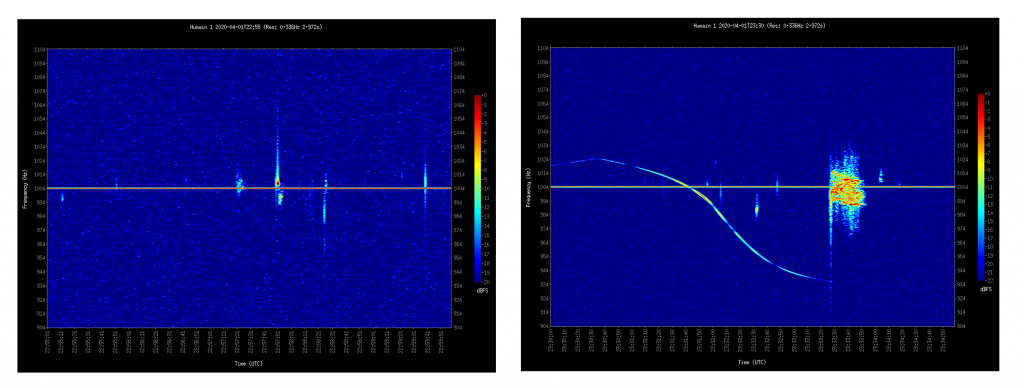
Update
A further fireball was visible less than two hours later at 2 April 2020 around 01:52 UT from Southern Germany and captured by cameras! Here are images recorded by an AllSky6 camera in Seysdorf, where the fireball appeared deep on the southern horizon, and the second image was recorded from Gahberg. Courtesy to Sirko Molau and Erwin Filimon for providing the images.
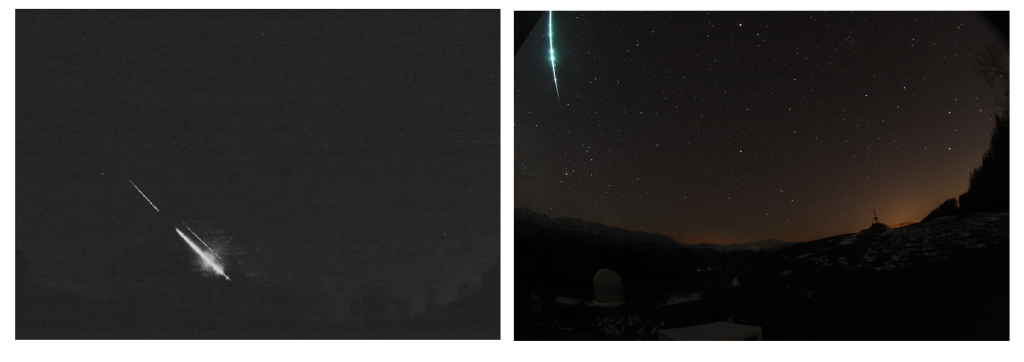
If you want to learn more about Fireballs: read our Fireball FAQ.
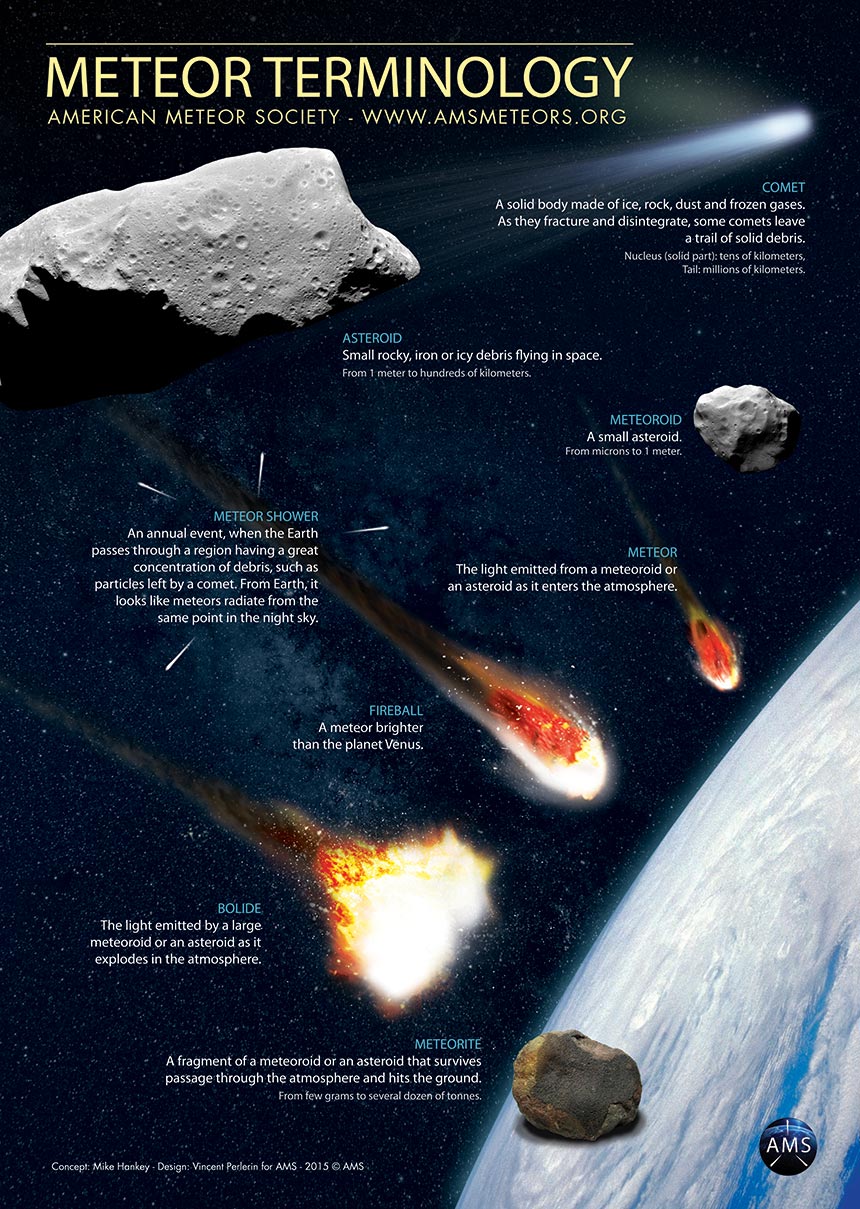



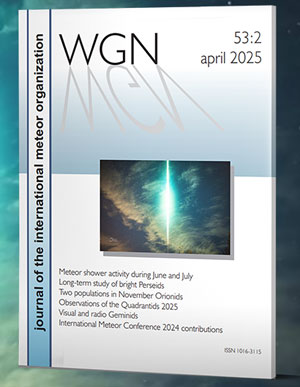
 You saw something bright and fast? Like a huge shooting star? Report it: it may be a fireball.
You saw something bright and fast? Like a huge shooting star? Report it: it may be a fireball.  You counted meteors last night? Share your results with us!
You counted meteors last night? Share your results with us!  You took a photo of a meteor or fireball? You have a screenshot of your cam? Share it with us!
You took a photo of a meteor or fireball? You have a screenshot of your cam? Share it with us!  You caught a meteor or fireball on video? Share your video with us!
You caught a meteor or fireball on video? Share your video with us!